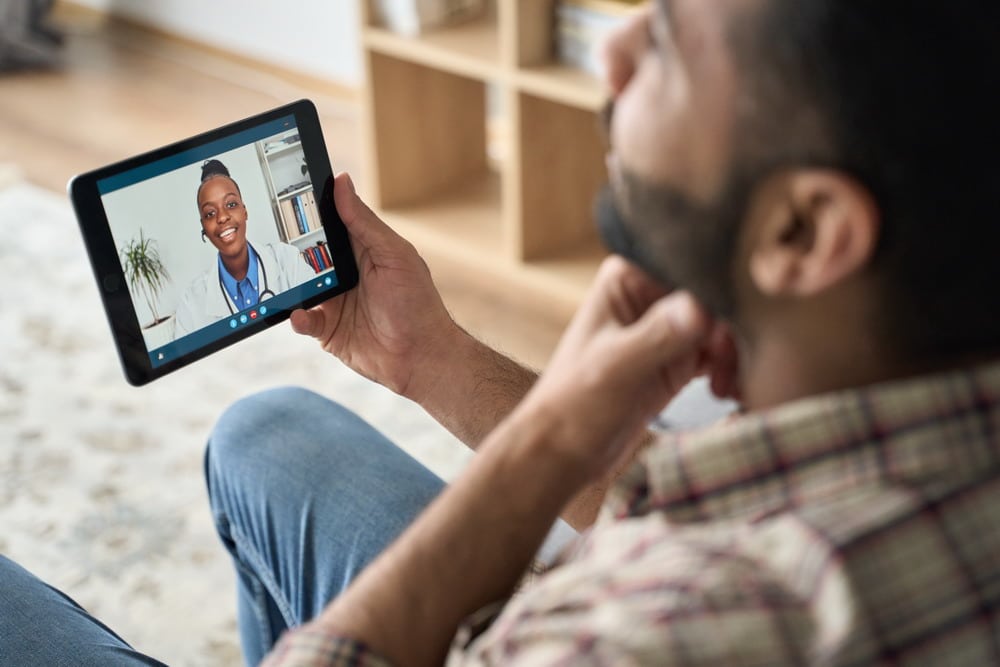It is going to be many years before we know just how profoundly the COVID-19 pandemic has affected healthcare delivery. We already know it has hastened the transition to telemedicine, but the extent of that transition is still unknown. We could actually be on the verge of something really big for telemedicine solutions throughout the clinical and retail settings.
For now, our main priority is to continue developing state-of-the-art health screening solutions including healthcare kiosks, clinics, and mobile diagnostic products. We will be keeping an eye on how healthcare delivery progresses as we deal with the aftermath of COVID-19.
In light of all that, we see three ways the pandemic might already be influencing telemedicine:
1. Fewer Office Visits
Doctors’ offices shut down at the start of the pandemic by necessity. In order to slow down the spread of coronavirus, any care not deemed life-threatening was put on hold. Annual well visits were canceled. Routine checkups for chronic conditions were paused. Doctors and nurses stayed home.
Once offices began reopening, patients did not return in the expected numbers. Many were too afraid to sit in crowded waiting rooms with others who might be carrying the virus. In order to treat patients, doctors were forced to turn to telemedicine. That continues today.
Nearly every major health system now offers telemedicine as a standard option. Doctors, PAs, and NPs alike are more likely to utilize telemedicine than at any time in the past. Fewer office visits are the resulting fruit.
2. More Retail Medicine
The forced introduction of telemedicine solutions also opened the door to more retail health screening options in the wake of COVID-19 closures. Retail centers are still thriving some 20 months after we first learned about coronavirus. They are being helped along by changes in state law that are allowing more PAs and NPs to practice in the retail environment.
It stands to reason that patients wary of visiting a doctor’s office might still be willing to take advantage of diagnostic health screening by way of a medical kiosk located at the corner pharmacy. And even if a person isn’t afraid of coronavirus, they might prefer a retail telemedicine kiosk over running to the doctor’s office just for a basic screening.
3. A New View of Healthcare Delivery
Perhaps the biggest influence the pandemic has had on telemedicine is helping consumers wrap their brains around the fact that healthcare delivery does not have to follow a single model. It is not necessary to visit a doctor’s office or hospital for every healthcare need. In fact, more and more people are viewing office and hospital visits as second and third choices.
This all adds up to an industry that now has no other choice but to embrace telemedicine solutions. The healthcare sector has been slow to embrace it thus far, despite the technology being around for decades. They can no longer ignore it. COVID-19 ushered in telemedicine by necessity. Now that it’s here, it is not going away.
Technology Must Keep Up
The main task for companies like ours is to keep up with demand. As more and more people want access to telemedicine solutions, they will expect those solutions to be there. They are going to want more retail health. They are going to want more app-based medicine. We have to give it to them.
We trust your organization is now on board with the telemedicine revolution. That being the case, we offer a range of telemedicine solutions that facilitate remote screening and diagnostics. Reach out to learn more about how we can help your organization.


Recent Comments